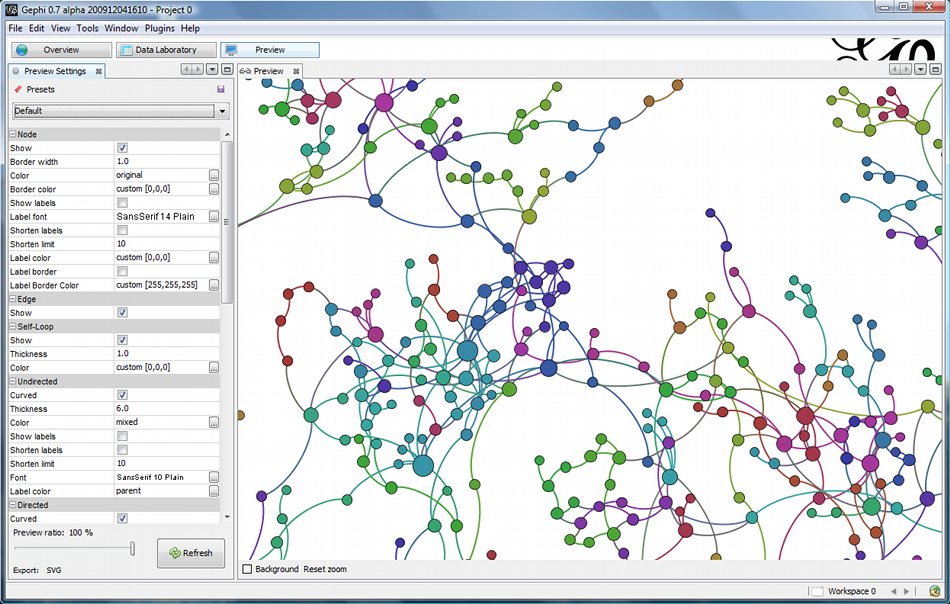This was a lucky summer to be taking this web 2.0 class because there are more opportunities than ever for exploring this medium for professional development. This week, I have been exploring iLRN 2020, the International Conference of the Immersive Learning Research Network. It is hosted in a 3D world called VirBELA that functions much like Second Life, not surprisingly for immersive learning people. I don't know what their attendance is normally, but they had about 90-120 people per keynote speech and 1-2 dozen people in the smaller groups. (If anyone has been to one before and knows what the attendance is like normally, please comment and let us know.) I don't know where this conference was going to be held originally, but I know the lack of travel costs and free registration made it very affordable this year!.
There were tech issues, especially the first day and with presenters who were not so comfortable with the technology. The audience was very patient, though, as if they were familiar with these sorts of hiccups....
They did provide the full range of conference experiences in this environment. They've had top notch keynote speakers with presentations, often live streamed on YouTube simultaneously, as well as expert panels who have a conversation on the virtual stage. Groups of presentations by topic were sometimes provided as a website of recordings and app examples, and sometimes as group discussions in small gatherings. Social spaces in the virtual world often had people visiting, as well. The design challenge/brainstorming activities took place in AltspaceVR. This limited participation to people with immersive VR systems, but provided a very engaging experience.
One advantage of the environment is the range of communication options available. It is easy to just speak out loud to people nearby. The chat window still provides a space for the back channel conversations during presentations, and just as an option for people who would rather chat than talk. Another advantage is that the sound from virtual clapping is more satisfying the the Zoom clapping emoji, I think. ;) Also, compared with an in-person conference, the speakers are much more accessible. If someone is in the conference space, I can see the name and zoom straight to them to talk.
The conference staff were very good about providing support, as well. I feel this is one of the big reasons it has been a successful and minimally frustrating experience. Support staff was often nearby, and a Discord channel was staffed with support people throughout the conference.
In the spirit of the concept mapping software we looked at last week, I also wanted to share this artist's rendering of a brainstorming challenge activity I attended. The focus of the activity was to generate ideas for using XR to help solve climate change problems. The artist drew in Tilt Brush throughout the conversation, then provided the link to explore the graphic seen in the snapshot below:
https://poly.google.com/view/4Pdn4MdFntD. It is very exciting to see my ideas blended through the conversation!


